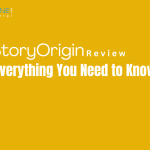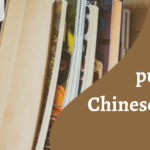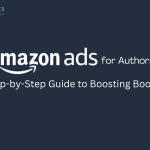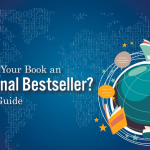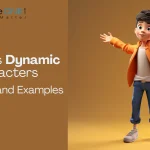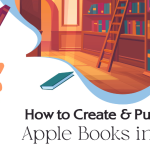The creation of conflict in a story is essential for good narrative. Soon after introducing the main character in a story, the conflict is established. The beginning of the action and the beginning of the story are both triggered by conflict. Every writer should be able to create interesting conflict.
What is conflict in a story?
Conflict is the collision of two opposing forces that provides the narrative thread for a story in both literature and film. When the main character battles either a personal conflict or an external conflict, there is conflict. Conflict unites two opposed forces—the protagonist, who fights for what they believe in, and the antagonist, who fights for what they oppose—and then develops and ends the conflicts between these two forces.
What are the Types of Conflict in a Story?
You can use one of the following six types of conflict to advance your narrative:
Character vs. self
The plot of a story “must be a conflict, and specifically, a conflict between the forces of good and evil within a single person,” as writer Maxwell Anderson once stated. Even though that may be oversimplifying, every fascinating story will eventually touch on a character’s inner conflict. That’s becausea reader empathises with a character best when they are going through deep internal conflict.
A disagreement that arises within a character will cause internal conflict. Any combination of the character’s expectations, aspirations, obligations, and anxieties could be the source of it. They must make a decision that could potentially alter everything in order to acquire what they want.
Character vs. character
Pesky individuals are troublemakers no matter where they go! This form of external conflict, which may be found in many, if not most, stories, centres on that. Character versus character can refer to obvious conflicts (cops vs. robbers, heroes vs. villains, etc.), as well as more nuanced types of interpersonal conflicts, such as romantic entanglements and family conflicts. Character versus character conflict is frequently represented via the classic “protagonist vs. antagonist” arrangement, in which the two main characters typically have polar opposite objectives.
Character vs. society
- a repressive administration,
- adults (from the viewpoint of a teen), or
- widespread corruption
You may also like: Top 10 Real Life Stories to Read Online
Character vs. supernatural
Your hero is likely engaged in battle with supernatural powers if they come up against something that defies reason or science! In addition to exploring irrational concerns and bizarre everyday occurrences, supernatural fiction can also use this kind of tension, as some authors do to produce rip-roaring tales.
Character vs. supernatural confrontations commonly pit the hero against the powers of destiny, religion, ghosts, gods, demons, or aliens.
Character vs. technology
The human race and technology have had a rocky relationship ever since the beginning of the industrial period. Others have used scientific advancement to challenge our morality, patience, and greed. Some regard it as a defiance of God and the natural world. Character vs. technology may conjure up images of a Terminator-style robot catastrophe, but this kind of struggle may also be as unassuming as someone trying to teach their Grandma Millie how to use emojis!
Character vs. nature
How do you think you would fare against Mother Earth? That is specifically what our protagonists are up against in this kind of conflict. The enemies in this kind of confrontation can never be reasoned with, whether they be animals (Jaws), natural disasters (The Day After Tomorrow), the weather (The Perfect Storm), or a post-apocalyptic environment (The Road).
The focus of “character vs. nature” conflict stories is typically on a character’s ability to survive. Our heroes will frequently come to realise that “character vs. self” conflict (which we shall discuss later) lies at the core of their story arc in the absence of a human enemy.
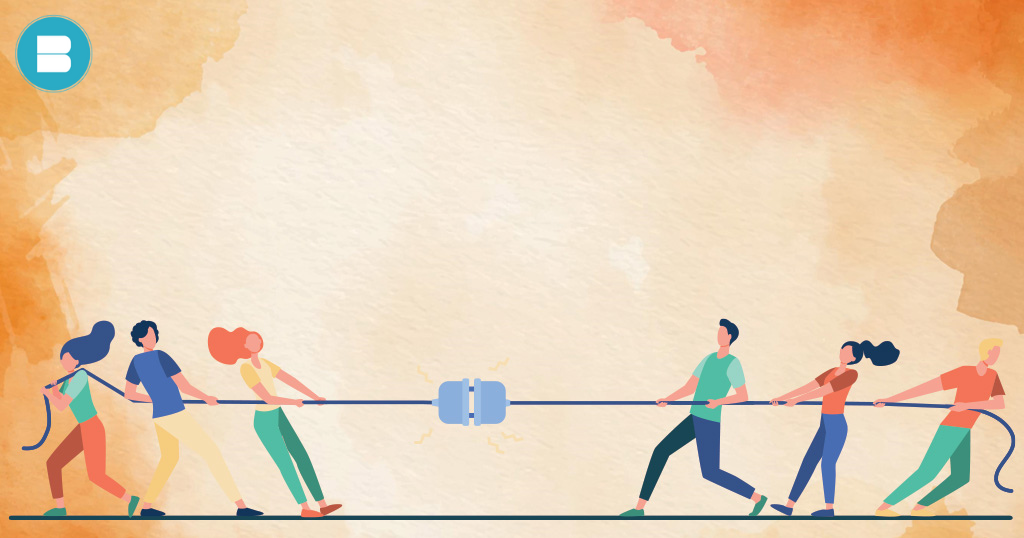
What are the structures and how they are different from each other?
In a novel, the sequence in which events are arranged into a beginning, middle, and finish is known as the story structure or narrative structure. The plot’s development and the reader’s introduction to the story’s motivating elements (characters, challenges, place, etc.) are directly impacted by the structure of the work.
A tightly regulated narrative framework ensures that all of the reader’s questions are resolved, that there is a climax followed by information and resolution at the conclusion of the story, that the characters’ growth is furthered, and that any major conflicts are resolved. To put it another way, a well-structured plot results in a rewarding narrative experience that satisfies the author’s objectives.
Let’s look at three of the most popular story structures used by writers:
- Freytag’s Pyramid
Freytag’s Pyramid is a five-point dramatic structure that is based on the traditional Greek tragedies of Sophocles, Aeschylus, and Euripedes. It is named after a German novelist and dramatist from the 19th century.
STRUCTURE
– Freytag’s Pyramid is a five-point dramatic structure that is based on the traditional Greek tragedies of Sophocles, Aeschylus, and Euripedes. It is named after a German novelist and dramatist from the 19th century.
– Rising motion or rising. The protagonist works hard to achieve their objective. The stakes increase.
– Climax. a place where the protagonist can no longer turn around and return to the previous situation.
– Return or perish. Following the climax, tension increases as the narrative inexorably moves towards…
– Catastrophe. The protagonist is driven to the brink of despair. Their worst nightmares have materialised. - The Hero’s Journey
We’ll examine Vogler’s condensed, 12-step interpretation of The Hero’s Journey in this section.
STRUCTURE
– The Common World. The protagonist’s normal existence is established.
– The summons to adventure. alternatively referred to as the provoking event.
– Rejection of the call. The hero is hesitant to accept the challenge for a little period of time.
– The mentor meeting. Someone who helps our hero be ready for what is ahead could be a father, teacher, wizard, or wise hermit.
– First Threshold Crossing. The protagonist ventures into a “new world” outside of their comfort zone.
– Tests, Partners, and Foes Our protagonist encounters fresh difficulties and perhaps makes some new friends. Recall Dorothy travelling along the Yellow Brick Road.
– Towards the Inmost Cave. The hero approaches their objective. The Death Star is reached by Luke Skywalker.
– The Test. The toughest difficulty the hero has yet to face is met (and conquered).
– Reward (Seizing the Sword) (Seizing the Sword). A significant goal of the hero is attained, and victory is in view.
– The Return Road The hero understands that obtaining their objective is not the last challenge. In fact, it’s possible that “seizing the sword” made matters worse for them.
– Resurrection. A dramatic exam that depends on all the hero has learned along their trip serves as their ultimate challenge for the protagonist.
– Bring the elixir back. After succeeding, our protagonist goes back to their previous life. - Three Act Structure
Setup in Act 1
Act 1: Exposure: The ‘normal world’ or status quo is established.
Activating Event an occurrence that begins the narrative.
First plot point. The main character makes the decision to meet the challenge head-on. When she “crosses the boundary,” the narrative becomes genuinely moving.
Act 2: A conflict
Increasing Action The true stakes of the plot are revealed, and our heroine meets some of her foes and allies for the first time as she becomes more accustomed to her “new environment.” Tests, Allies, and Enemies
Midpoint. an occurrence that disrupts the protagonist’s goal. (Resembling the peak of Freytag’s pyramid)
Second plot point After the confusing midpoint, the protagonist is put to the test and fails. Her chances of success are now in jeopardy.
Read: What is Sahitya Akademi Award: History, Winners, Nomination process.
Act 3: Conciliation
Before the Climax. Before dawn, the night is at its darkest. The main character needs to gather her strength and decide between taking action and failing.
Climax. She engages in one final battle with her adversary. Will she succeed?
Denouement. No threads remain untied. The reader learns what happens after the climax. The old status quo is changed.
You should feel free to deviate from the path that story structures and conflict present because they aren’t exact sciences. Simply said, they serve as a guide for your narrative and a blueprint for the world you are about to create. So, get started on writing your book with the conflict and structure that calls out to you!
Publish your book with BlueRoseONE and become a bestselling author. Don’t let your dream of becoming an author fade away, grab the opportunity now and publish your book – be it fiction, non fiction, poetry or more.








